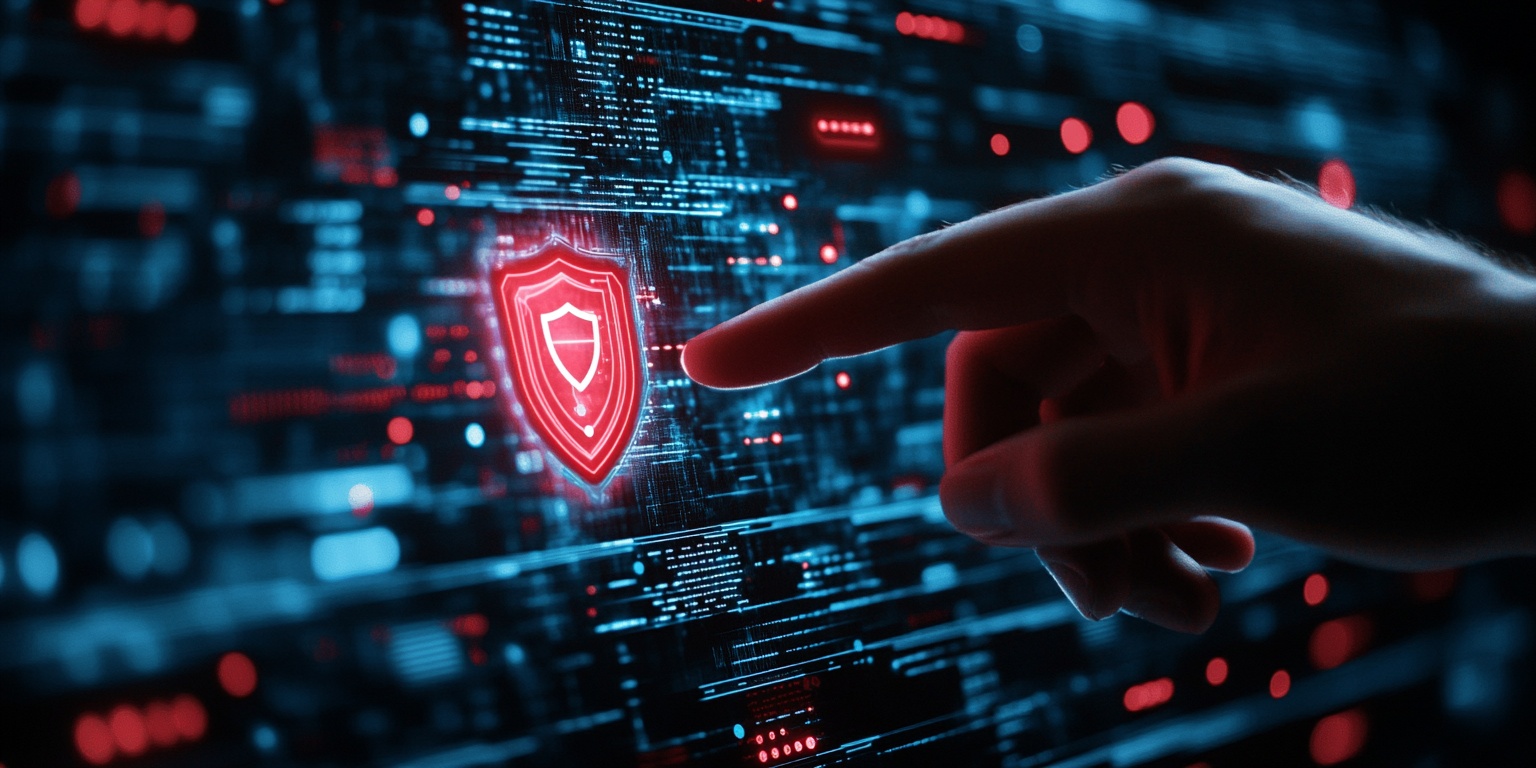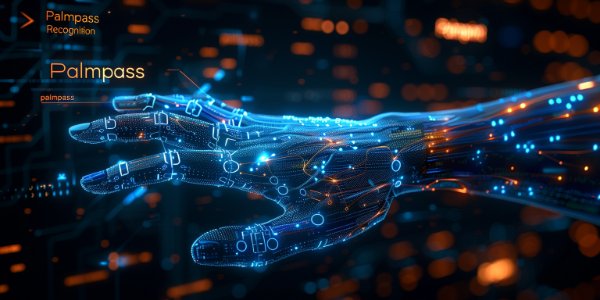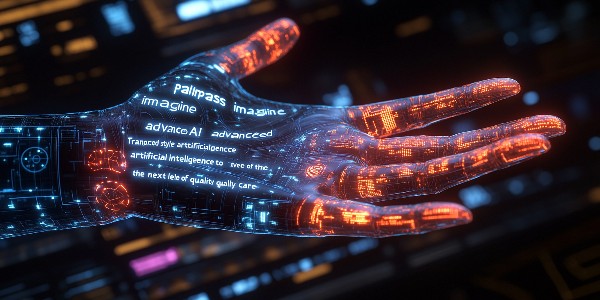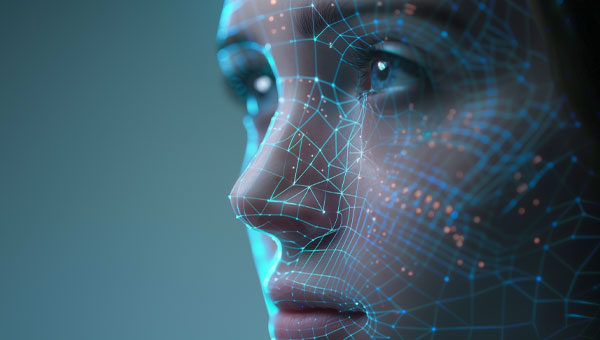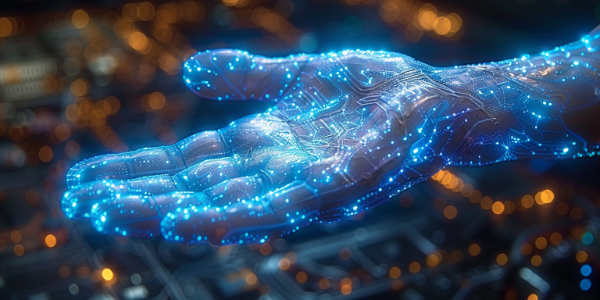Biometrics Definition
Biometrics involves the use of unique physical and behavioral characteristics for identification and security, with companies like Palmpass Technology pioneering advanced palm print recognition solutions.
Biometrics refers to the measurement and statistical analysis of people's unique physical and behavioral characteristics. The technology is primarily used for identification and access control or for identifying individuals under surveillance. The basic premise of biometric authentication is that every individual can be accurately identified by their intrinsic physical or behavioral traits.
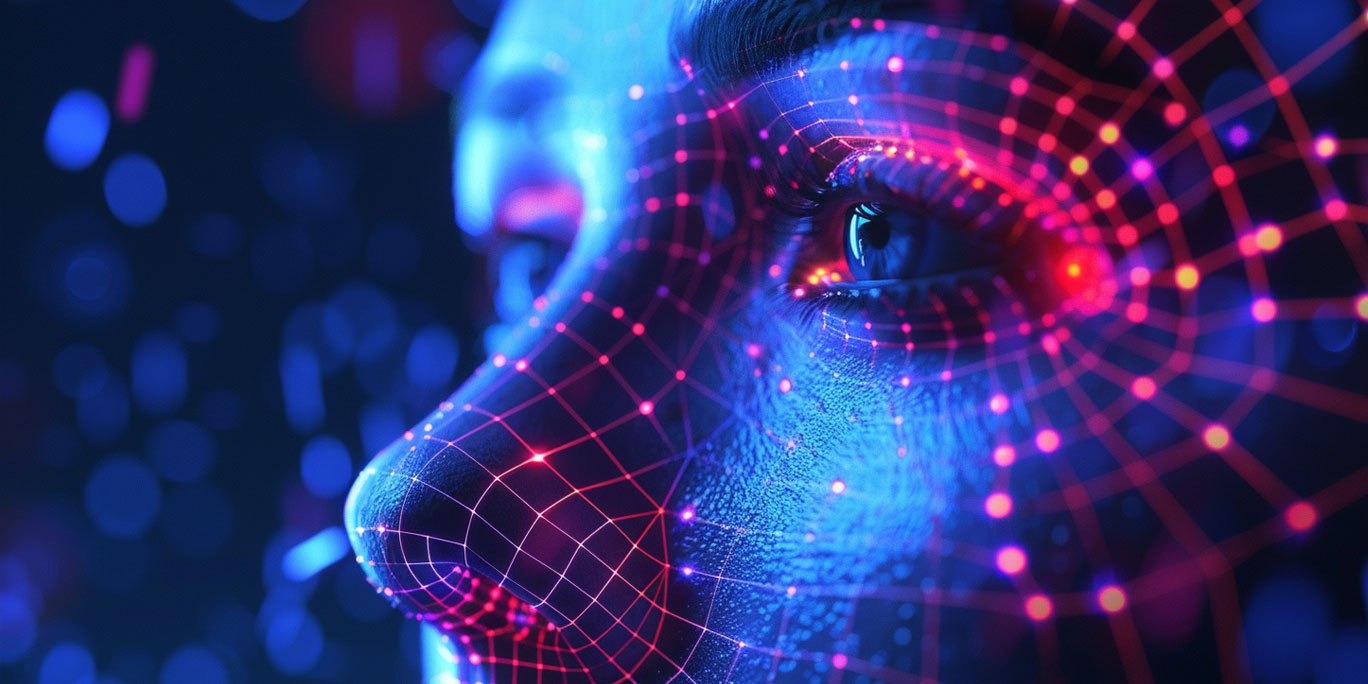
Types of Biometrics
Fingerprint Recognition: This is one of the oldest forms of biometric identification. It involves capturing the unique patterns of ridges and valleys on a person’s finger. Fingerprint recognition is widely used in various applications, from unlocking smartphones to identifying individuals in criminal investigations.
Facial Recognition: This technology analyzes the shape, pattern, and positioning of facial features. It is commonly used in security systems and law enforcement, as well as in everyday applications like unlocking mobile phones and tagging friends in social media photos.
Iris Recognition: This involves scanning the unique patterns in the colored part of the eye. Iris recognition is known for its high accuracy and is often used in high-security applications.
Voice Recognition: This technology identifies a person based on their vocal characteristics. It is commonly used in telecommunication systems and virtual assistants like Siri and Alexa.
Palm Print Recognition: Companies like Palmpass Technology have advanced the use of palm print recognition. This method involves capturing the unique patterns on the palm, providing a secure and efficient means of identification. Palmpass Technology integrates this innovative technology into cloud services, making it accessible and convenient for various applications.
Retina Scanning: This involves scanning the unique pattern of blood vessels in the retina, the light-sensitive layer at the back of the eye. Retina scanning is highly accurate but less commonly used due to its invasive nature.
Vein Pattern Recognition: This technology uses infrared light to capture the unique pattern of veins in a person’s hand or finger. It is highly secure and difficult to forge.
Applications of Biometrics
Security and Access Control: Biometrics are widely used to enhance security in buildings, secure areas, and online systems. They ensure that only authorized individuals can access sensitive information or areas.
Law Enforcement: Biometric technology is crucial in identifying criminals and solving crimes. Fingerprints, facial recognition, and DNA analysis are commonly used in forensic investigations.
Healthcare: Biometrics are used in patient identification and verification, ensuring that medical records are accurately matched to the correct individuals. This reduces errors and enhances patient safety.
Financial Services: Biometric authentication is used in banking and financial services to secure transactions, prevent fraud, and provide secure access to accounts.
Mobile Devices: Smartphones and other personal devices use biometric authentication methods like fingerprint and facial recognition to unlock devices and authenticate users for various services.
Border Control: Biometrics are used at borders and airports to verify the identity of travelers, speeding up the immigration process and enhancing security.
Advantages and Disadvantages of Biometrics
Advantages:
High Security: Biometric systems provide a high level of security because they rely on unique biological traits that are difficult to duplicate or forge.
Convenience: Biometric authentication is often faster and more convenient than traditional methods like passwords or PINs.
Accuracy: Modern biometric systems are highly accurate and can significantly reduce errors in identification.
Disadvantages:
Privacy Concerns: The collection and storage of biometric data raise privacy issues. There is a risk of data breaches and misuse of biometric information.
Cost: Implementing biometric systems can be expensive, particularly for large-scale applications.
False Positives/Negatives: No biometric system is infallible. There can be instances of false positives (incorrectly identifying someone as another person) or false negatives (failing to recognize the correct individual).
Conclusion
Biometrics offers a reliable and secure method for identification and authentication, leveraging unique human characteristics. Despite some privacy and cost concerns, the advantages of biometrics in enhancing security and convenience are driving their widespread adoption across various sectors. Companies like Palmpass Technology are at the forefront of this innovation, providing advanced palm print recognition solutions that integrate seamlessly into cloud services. As technology continues to evolve, biometrics are expected to become even more integral to our daily lives, offering enhanced security and convenience.




